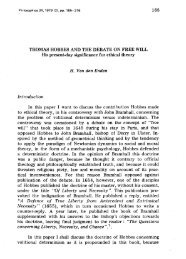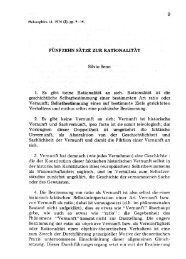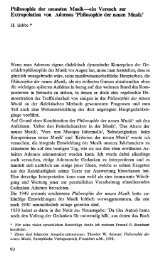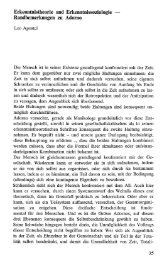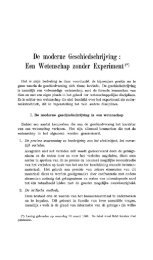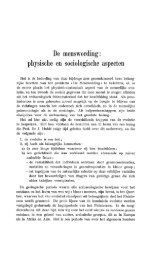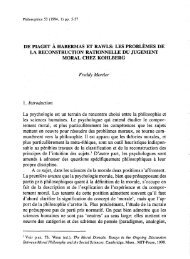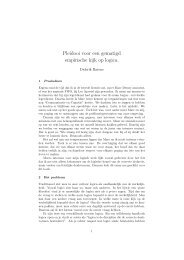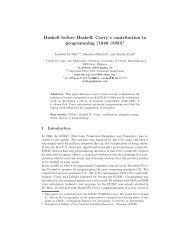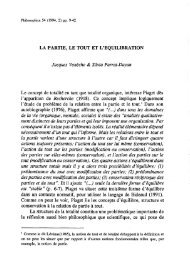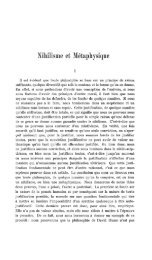Ferdinando Arzarello, Valeria Andriano, Federica Olivero & Ornella ...
Ferdinando Arzarello, Valeria Andriano, Federica Olivero & Ornella ...
Ferdinando Arzarello, Valeria Andriano, Federica Olivero & Ornella ...
You also want an ePaper? Increase the reach of your titles
YUMPU automatically turns print PDFs into web optimized ePapers that Google loves.
ABDUCTION AND CONJECTURiNG IN MATHEMATICS 81<br />
phy to rhetoric" (Ibid.). To ascend to the top of human knowledge people<br />
need a new logic (Regula II). The new logic has roots different from<br />
Aristotle and Euclid; in fact it goes back to Pappus and Diophantus<br />
(Regula IV), namely to the so called analytic method.<br />
The same roots, namely the analytic method of Pappus, are invoked<br />
by many people who are put under our item d. For ex., the last chapter<br />
of Lakatos Dissertation at Cambridge (1956-1961) is devoted to the<br />
method of analysis-synthesis, as well as an address at a Conference in<br />
Finland (1973), in reply to a paper of Hintikka on the subject (all together,<br />
they constitute chapter 5 of Lakatos, 1978). Lakatos uses Pappus'<br />
and Proclos' definition of analysis to describe the process of discovering<br />
in mathematics, in particular that of criticising proofs and improving<br />
conjectures (Lakatos (1976), p. 9 and 75). The method, that Lakatos calls<br />
of thought-experiment or quasi-experiment from Szab6 (1958), consists<br />
in decomposing "the original conjecture into sub conjectures or lemmas,<br />
thus embedding it in a possible quite distant body of knowledge" (ibid.).<br />
Polya in Polya (1990) and (1954) rephrases .Pappus' method (he was<br />
called a second Pappus by Hintikka and Remes). Instead of a method<br />
upon which to build criticism to the way mathematical truths are presented<br />
in books after Euclid, namely with "finality-certainty requirements<br />
(which) survive in mathematics until today as the requirement of necessary<br />
and sufficient condItions" (from Lakatos (1978), p. 75), for Polya<br />
analysis is an auxiliary method, which helps in building up the rigorous<br />
proof: it helps in generating "a better understanding of the mental operations<br />
which typically are useful to solve problems" (ibid.), and as such<br />
it is studied as a useful pedagogical tool.<br />
The most widely known formulation of the so-called method of<br />
analysis-synthesis, at least in mathematics, is the introduction to the Book<br />
7 of the Collection by Pappus of Alexandria (Pappus, 1986). According<br />
to Pappus, "analysis is the path from what one is seeking, as if it 'were<br />
established, by way of its consequences (CiKOAov8wv), to something that<br />
is established by synthesis. That is to say, in analysis we assume what is<br />
sought as if it has been achieved, and look for the thing from which it<br />
follows, and again what comes before that, until we get to something that<br />
is already known, or that occupies the rank of first principle. ( ... ) In<br />
synthesis, by reversal, we assume what was obtained last in the analysis<br />
to have been achieved already, and, setting now in natural order, as<br />
precedents, what before were following, and fitting them to each other,



